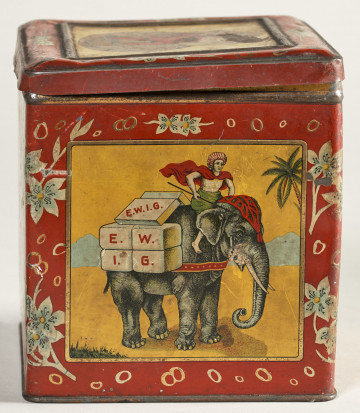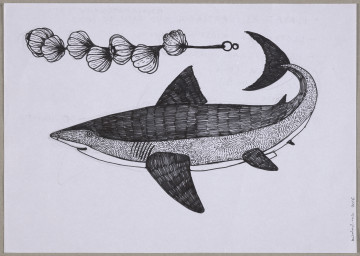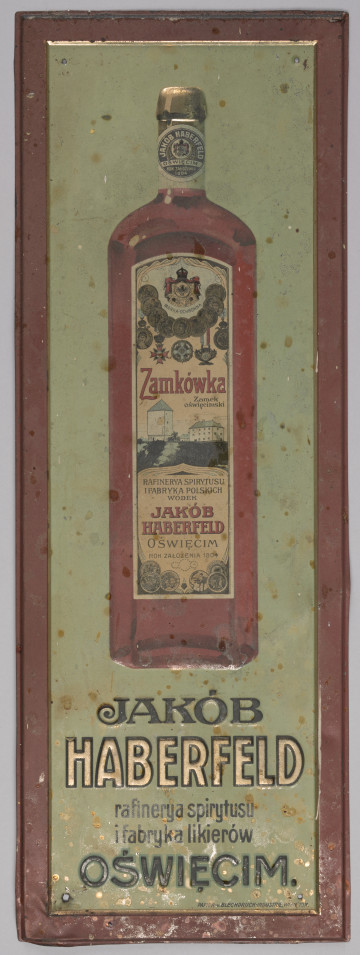
Tea can
20th century
Castle Museum in Łańcut
Part of the collection: History of the city and the region
China sugar bowl adorned with floral decoration. It is an excellent point of reference to the history of one of the most innovative industrial plants in Łańcut – the sugar plant – in the 1st half of the 19th century. It was established around 1835 thanks to the efforts of the First Ordinate, Count Alfred Potocki, who, after taking over the Łańcut estate in 1823, introduced a very modern farming system. By improving the existing crops and introducing a number of new plant species, he obtained raw materials, which he then processed in his own production plants, resulting in the highest-quality end products. This is how he established a sugar mill – one of the few in Galicia. It was established in the former building of the Italian Garden Orangery on the Lower Farm. Sugar, which was made from sugar beets, was a recent invention at the time. The production used a carefully prepared technological line, which included proven machines and equipment, further improved on site. In 1836-1837 nearly all the profit from sugar production was spent on experiments with refining, making the local product second to none in the world in terms of purity and flavour. The sugar factory in Łańcut operated until about 1870. In the beginning of the 20th century, during the life of the Third Ordinate, Count Roman Potocki, a refinery was established in its place. Joanna Kluz
Dimensions
height: 9 cm
Object type
History of the city and the region
Technique
forming
Material
porcelain
Creation time / dating
Owner
Castle Museum in Łańcut
Identification number
Location / status

20th century
Castle Museum in Łańcut

2016
Museum of the history of Polish Jews

XX wiek
Museum of the history of Polish Jews
DISCOVER this TOPIC
National Museum in Lublin
DISCOVER this PATH
Educational path